1)Akerreta, Silvia, et al. “Analyzing factors that influence the folk use and phytonomy of 18 medicinal plants in Navarra.”
Journal of ethnobiology and ethnomedicine 3.1 (2007).
2)Giner, R. M., J. L. Rios, and A. Villar. “CNS depressant effects, anti‐inflammatory activity and anti‐cholinergic actions of Santolina chamaecyparissus extracts.” Phytotherapy Research 2.1 (1988).
3)Sala, Araceli, et al. “Anti-phospholipase A2 and anti-inflammatory activity of Santolina chamaecyparissus.” Life Sciences 66.2 (1999).
4)Boudoukha, Chahra, et al. “Immunomodulatory effects of Santolina chamaecyparissus leaf extracts on human neutrophil functions.” Pharmaceutical Biology 54.4 (2016).
5)Giner, R., J. L. Ríos, and A. Villar. “Pharmacological study of Santolina chamaecyparissus. I. Acute toxicity, antiinflammatory and antiulcer activity.” Planta medica 52.06 (1986).
6)Almeida, R. N., D. S. Navarro, and J. M. Barbosa-Filho. “Plants with central analgesic activity.” Phytomedicine 8.4 (2001).
7)Giner, R. M., J. L. Ríos, and A. Villar. “Inhibitory effects of Santolina chamaecyparissus extracts against spasmogen agonists.” Journal of ethnopharmacology 27.1-2 (1989).
8)Boudoukha, Chahra, et al. “Antioxidant activity of polyphenolic leaf extract from Santolina chamaecyparissus L.(Asteraceae) and the isolated luteolin-7-O-glucoside.” Journal of Pharmaceutical Research International (2018).
9)Khubeiz, Mohamad Jawad, and Ghaytha Mansour. “In vitro antifungal, antimicrobial properties and chemical composition of Santolina chamaecyparissus essential oil in Syria.” Int. J. Toxicol. Pharm. Res 8 (2016).
10)Suresh, B., et al. “Anticandidal activity of Santolina chamaecyparissus volatile oil.” Journal of ethnopharmacology 55.2 (1997).
11)Messaoudi, Dalila, et al. “Phytochemical analysis and hepatoprotective activity of algerian Santolina chamaecyparissus L. extracts.” Annual Research & Review in Biology (2018).
12)Verdeguer, M., et al. “Phytotoxic potential of Santolina chamaecyparissus L. aqueous extracts.” XIV Congresso de la Sociedad Española de Malherbología, Valencia, España, 5 al 7 de noviembre de 2013. Universitat Politècnica de València, 2013.
13)Suresh, B., et al. “Santolina volatile oil, a potential antifeedant for the control of the brown plant hopper, milaparvatha lugens.” Ancient Science of Life 15.3 (1996).
14)da Silva, Jaime A. Teixeira. “Mining the essential oils of the Anthemideae.” African Journal of biotechnology 3.12 (2004).
15)Cuellar, M. J., et al. “Screening of antiinflammatory medicinal plants used in traditional medicine against skin diseases.” Phytotherapy Research: An International Journal Devoted to Pharmacological and Toxicological Evaluation of Natural Product Derivatives 12.1 (1998).
16)Calvo, M. Isabel, and Rita Yolanda Cavero. “Medicinal plants used for ophthalmological problems in Navarra (Spain).” Journal of ethnopharmacology 190 (2016).
17)Elsharkawy, Eman, Mona Alshathely, and Gehad Abdel Jaleel. “Role of Catecholamine’s Compounds in Anti-Inflammatory and Antioxidant of Two Plants Santolina chamaecyparissus and Launaea mucronata.” Pakistan Journal of Nutrition 14.10 (2015).
18)Rios, J. L., R. M. Giner, and A. Villar. “Isolation and identification of an antiinflammatory principle from Santolina chamaecyparissus.” Phytotherapy Research 3.5 (1989).
19)Labed, Fatiha, et al. “Chemical constituents of the aerial parts of Santolina chamaecyparissus and evaluation of their antioxidant activity.” Natural Product Communications 12.10 (2017).
20)Shabani-Nooshabadi, M., and M. S. Ghandchi. “Santolina chamaecyparissus extract as a natural source inhibitor for 304 stainless steel corrosion in 3.5% NaCl.” Journal of Industrial and Engineering Chemistry 31 (2015).
21)Salah-Fatnassi, Karima Bel Hadj, et al. “Chemical composition, antibacterial and antifungal activities of flowerhead and root essential oils of Santolina chamaecyparissus L., growing wild in Tunisia.” Saudi journal of biological sciences 24.4 (2017).
22)Khubeiz, Mohamad Jawad, and Ghaytha Mansour. “In vitro antifungal, antimicrobial properties and chemical composition of Santolina chamaecyparissus essential oil in Syria.” Int. J. Toxicol. Pharm. Res 8 (2016).
23)Suresh, B., et al. “Evaluation of Santolina oil in search of new drugs against candidiasis.” Indian Journal of Pharmacology 27.3 (1995).
24)Messaoudi, D., et al. “Evaluation of hepatoprotective effect of Algerian Santolina chamaecyparissus against acute exposure to paracetamol.” Pharm Lett 8.16 (2016).
25)SP, Dhanabal, et al. “Hepatoprotective activity of Santolina chamaecyparissus Linn against D-Galactosamine induced hepatotoxicity in rats.” Pharmacognosy Communications 2.2 (2012).
26)KASHANI, NARGES, REIHANEH MASOOMI, and HOSEIN BATOOLI. “PHYTOCHEMISTRY: CHEMICAL CONSTITUENTS OF SANTOLINA CHAMAECYPARISSUS: A MEDICINAL PLANTENRICHMENT OF ARTEMISIA KETONE AS A BIOACTIVE PHYTOCHEMICAL.” (2015).
27)Barrero, Alejandro F., et al. “Sesquiterpenes from Santolina chamaecyparissus subsp. squarrosa.” Phytochemistry 48.5 (1998).
28)Marco, J. Alberto, et al. “Oxygenated germacranes from Santolina chamaecyparissus.” Phytochemistry 34.6 (1993).
29)BOHLMANN, F., and C. ZDERO. “POLYACETYLENE COMPOUNDS. 152. ACETYLENE COMPOUNDS FROM SANTOLINA CHAMAECYPARISSUS L.” CHEMISCHE BERICHTE-RECUEIL 101.6 (1968).
30)Lam, Jørgen, et al. “Chemical constituents of Santolina chamaecyparissus.” Acta Chem. Scand 43 (1989).
31)El-sharkawy, Eman Ramadan. “Anticancer effect and seasonal variation in oil constituents of Santolina chamaecyparissu.” Chem Mater Res 6.3 (2014).
32)Djeddi, Samah, et al. “In vitro antimicrobial properties and chemical composition of Santolina chamaecyparissus essential oil from Algeria.” Natural Product Communications 7.7 (2012).
33)Derbesy, M., J. Touche, and A. Zola. “The essential oil of Santolina chamaecyparissus L.” Journal of Essential Oil Research 1.6 (1989).

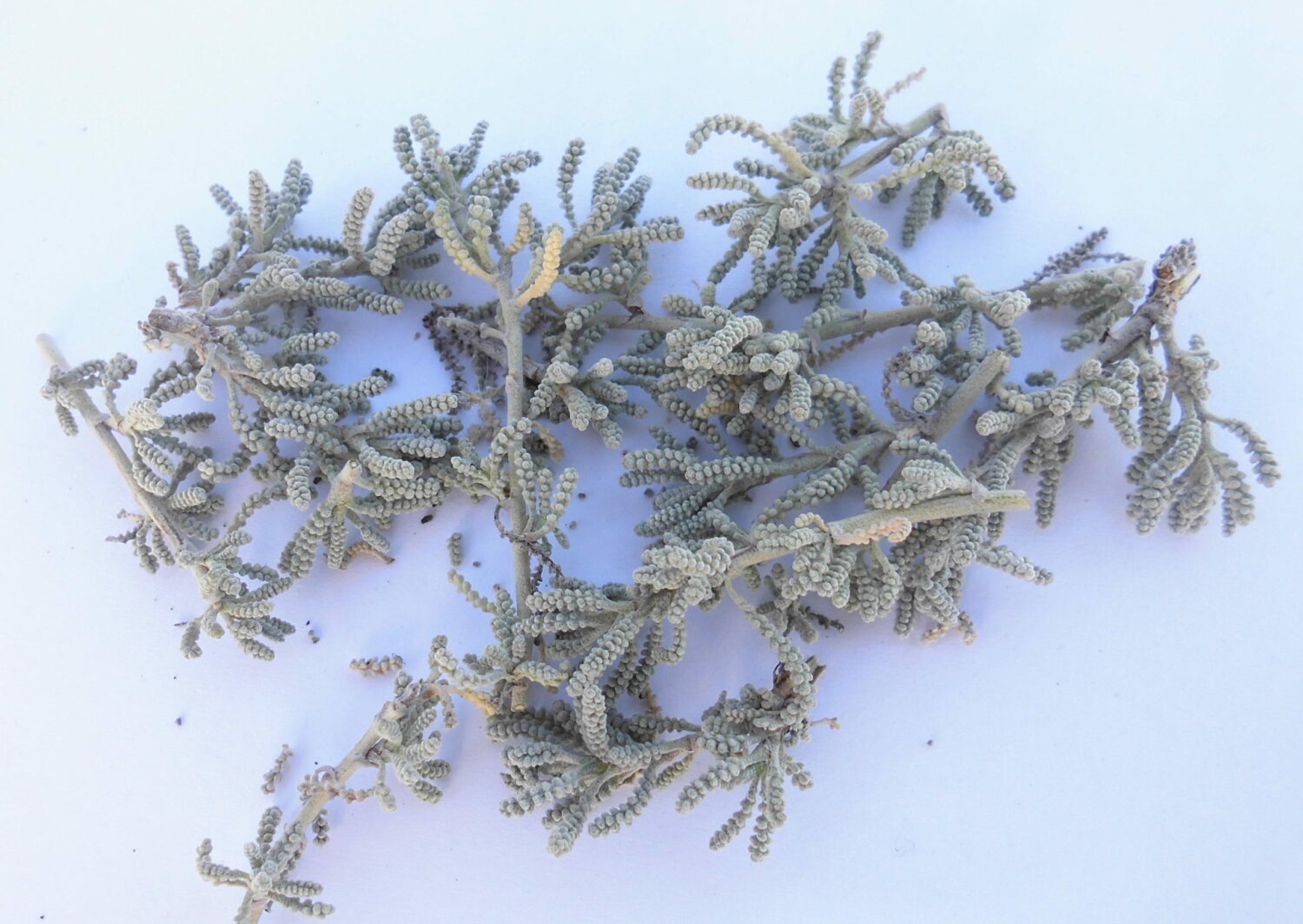
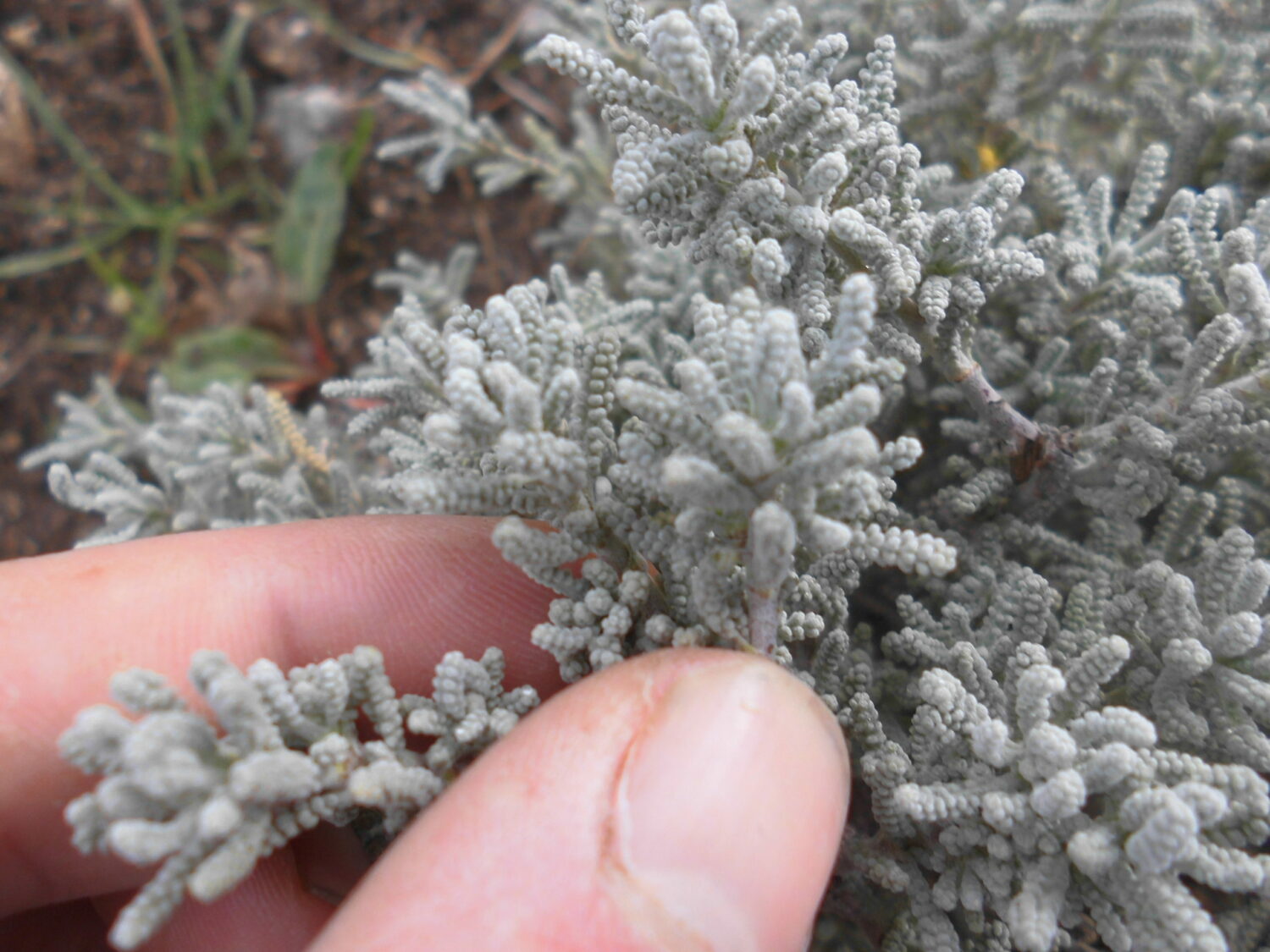
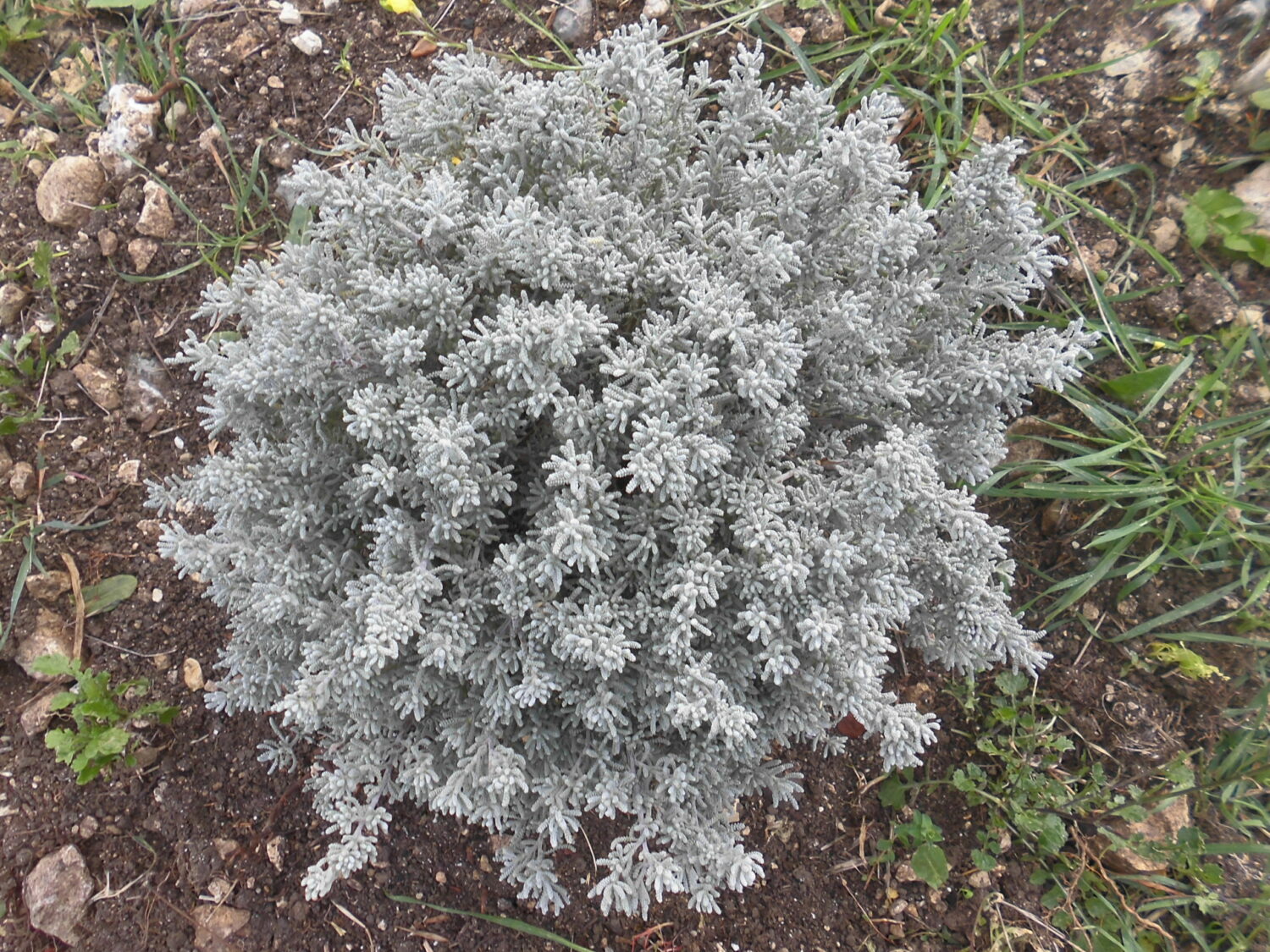
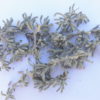
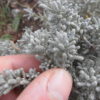
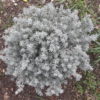
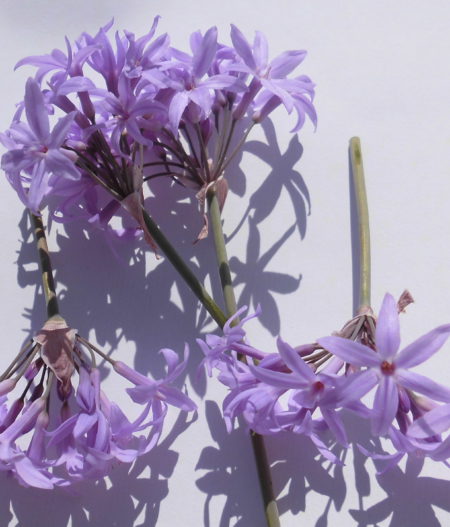
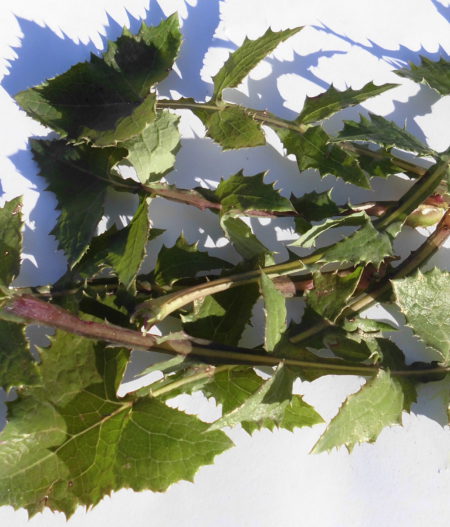
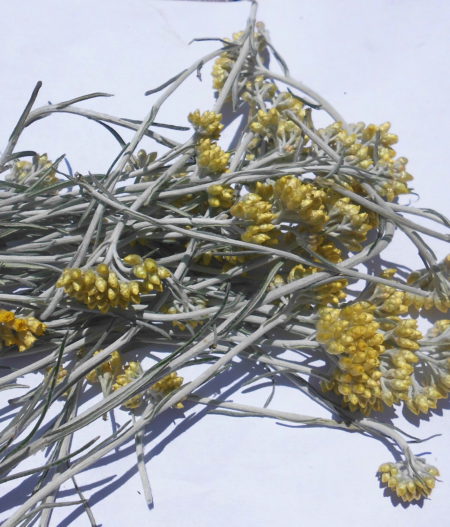
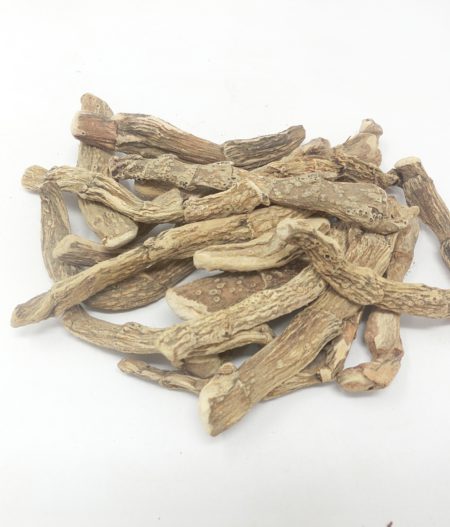

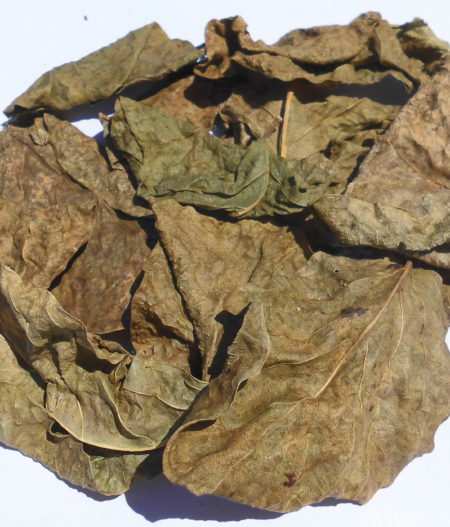
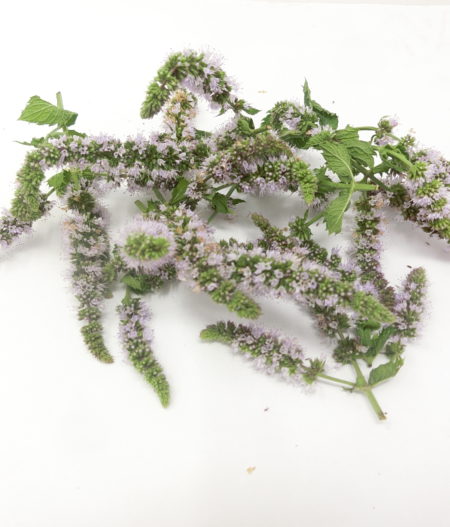
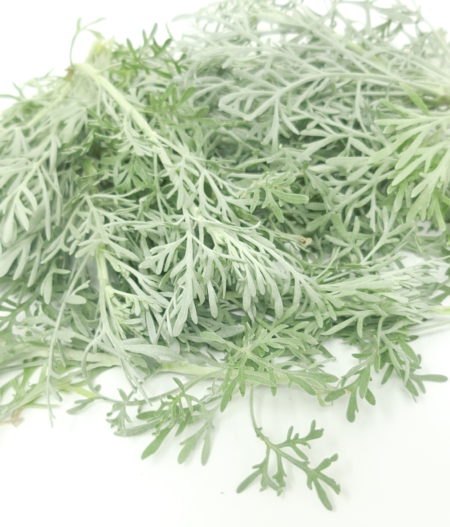
Recensioni
Ancora non ci sono recensioni.